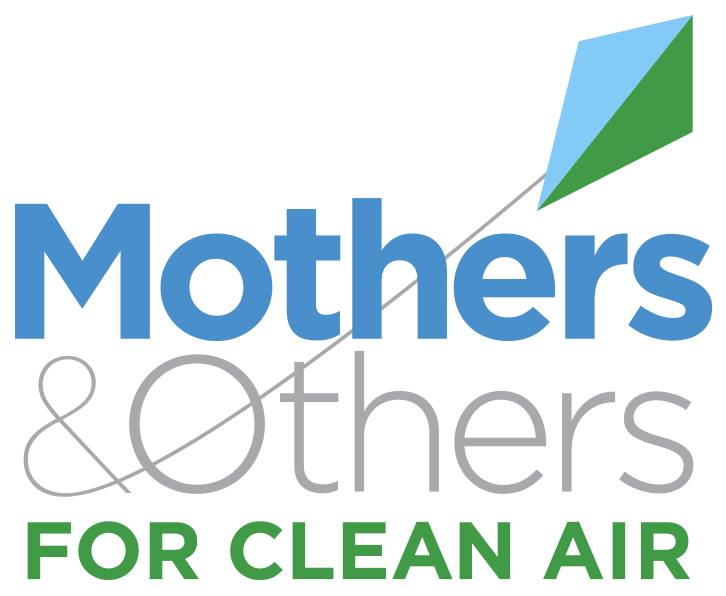The widely used generalized additive models (GAM) method is a flexible and effective technique for conducting nonlinear regression analysis in time-series studies of the health effects of air pollution. When the data to which the GAM are being applied have two characteristics—1) the estimated regression coefficients are small and 2) there exist confounding factors that are modeled using at least two nonparametric smooth functions—the default settings in the gam function of the S-Plus software package (version 3.4) do not assure convergence of its iterative estimation procedure and can provide biased estimates of regression coefficients and standard errors. This phenomenon has occurred in time-series analyses of contemporary data on air pollution and mortality. To evaluate the impact of default implementation of the gam software on published analyses, the authors reanalyzed data from the National Morbidity, Mortality, and Air Pollution Study (NMMAPS) using three different methods: 1) Poisson regression with parametric nonlinear adjustments for confounding factors; 2) GAM with default convergence parameters; and 3) GAM with more stringent convergence parameters than the default settings. The authors found that pooled NMMAPS estimates were very similar under the first and third methods but were biased upward under the second method. Am J Epidemiol 2002;156:193–203.
Published Aug 1, 2002
Dominici, F. (2002). On the Use of Generalized Additive Models in Time-Series Studies of Air Pollution and Health. American Journal of Epidemiology, 156(3), 193–203. https://doi.org/10.1093/aje/kwf062
